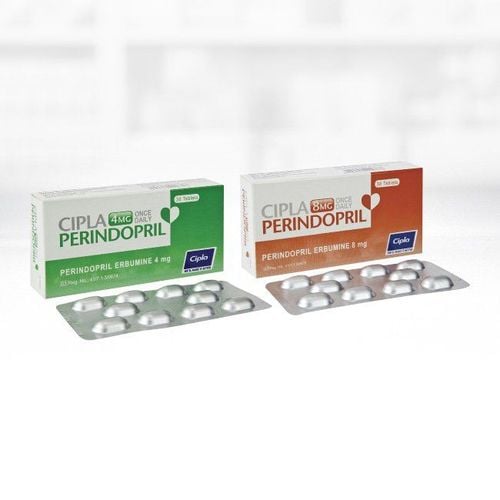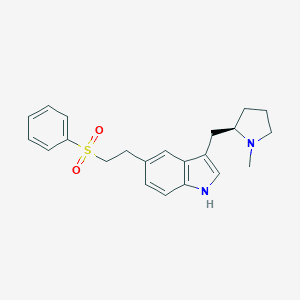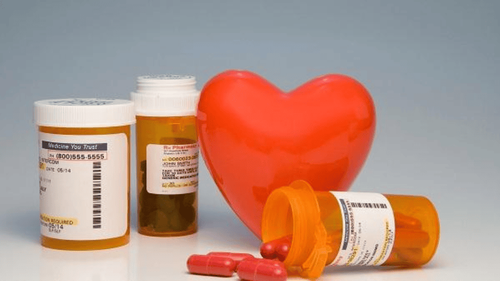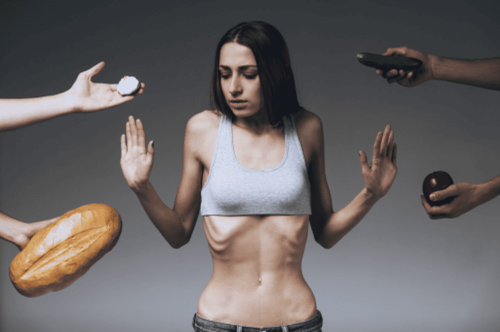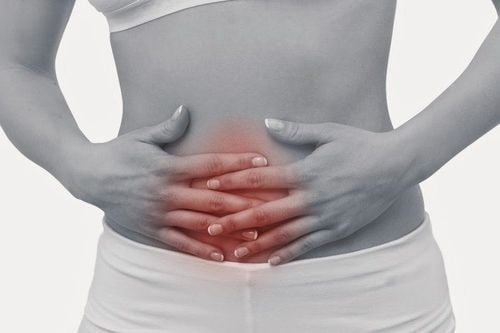This is an automatically translated article.
This article is professionally consulted with - Master, Doctor Pham Van Hung - Interventional Cardiologist - Department of Medical Examination & Internal Medicine - Vinmec Da Nang International General Hospital.Lifestyle changes have been shown to reduce high blood pressure levels and reduce the risk of stroke. Some people with mild hypertension can control their blood pressure with lifestyle changes, establishing a healthy, scientific lifestyle. The following are answers to questions related to lifestyle changes to lower blood pressure.
1. The role of lifestyle for people with high blood pressure
According to a study by the Vietnam Heart Institute, currently in Vietnam, 25% of the population has cardiovascular disease and high blood pressure. In particular, in recent years, hypertension is gradually being rejuvenated with a large number of people of working age. 47% is the rate of hypertension of the group of people aged 25 and over in Vietnam. But there are still many people who are indifferent and subjective to their own cardiovascular health.
Currently, cardiovascular disease is a matter of concern and also a global health problem because the mortality rate from this disease is up to about 40% of the overall mortality for all countries in the world. Scientists have studied and proven that there are many risk factors that contribute to cardiovascular diseases. Among these factors, there are a few factors that are fixed and we cannot change or are difficult to change such as age, male gender, family history of cardiovascular disease, factors environmental, economic and social. But there are many factors that we can completely change such as unhealthy diet, habits, and lifestyle. It is worth noting that the more risk factors we have, the more likely we are to get sick. Lifestyle modification has positive effects such as preventing and slowing the progression of hypertension, reducing cardiovascular risk.
What does your lifestyle have to do with high blood? The way you live and the foods you eat have a big impact on your blood pressure as well as your overall health. Implementing the right lifestyle can:
Regulate your blood pressure or keep you from getting high blood pressure in the first place. Limit the use of blood pressure medication. The antihypertensive drugs you take will work better, if you take them. It has a big impact on your chances of having a heart attack or stroke or kidney disease. The cause of high blood pressure is not only due to an industrial lifestyle, physical inactivity, smoking a lot, alcohol abuse and stimulants, using a lot of fast food, street food and consuming too much alcohol. more animal protein instead of vegetable protein, but also due to stress in life and work pressure...
Therefore, lifestyle change is also an important component for prevention as well as for prevention. hypertension treatment. It is completely safe and effective to help prevent hypertension in people without hypertension, or to slow down and prevent drug use in people with stage 1 hypertension, help reduce blood pressure in people with hypertension. pressure under drug treatment, dose reduction and drug side effects.
Therefore, if your lifestyle is harming your own health, change your lifestyle today to have a healthy body, prevent cardiovascular diseases and high blood pressure.
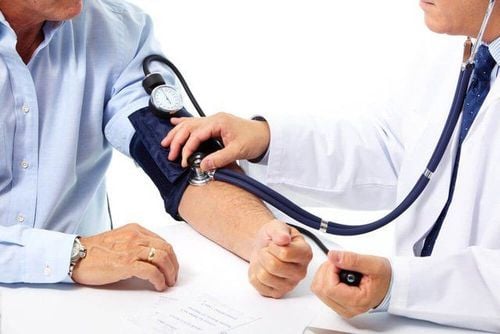
2. How can lifestyle changes lower your blood pressure?
2.1. Lose extra pounds and watch your waistline Blood pressure usually increases as you gain weight. Being overweight can also cause breathing disruptions while you sleep (sleep apnea), which increases your blood pressure.Weight loss is one of the most effective lifestyle changes to control blood pressure. Losing even a small amount of weight if you are overweight or obese can help lower your blood pressure. In general, you can reduce your blood pressure by about 1 mm of mercury (mm Hg) for every kilogram of weight you lose.
Besides losing weight, you also need to pay attention to your waistline. Too large a waistline can put you at greater risk of high blood pressure.
In general:
- Men will be at risk if their waist measurement is greater than 102 cm.
- Women will be at risk if their waist measurement is more than 89 cm.
These numbers vary between ethnic groups. Ask your doctor about the right waist measurement for you.
2.2. Exercise regularly Physical activity as often as 150 minutes a week, or about 30 minutes most days of the week - can lower your blood pressure by about 5-8 mm Hg if you have high blood pressure. It's important to be consistent because if you stop exercising, your blood pressure can rise again.
If you have high blood pressure, exercise can help you avoid high blood pressure. If you already have high blood pressure, regular physical activity can also lower your blood pressure to a safer level.
Some examples of aerobic exercise you can try to lower your blood pressure include walking, jogging, cycling, swimming, and dancing. You can also try high-intensity interval training, which involves alternating short bursts of high-intensity activity with subsequent recovery periods of lighter activity. Strength training can also help lower blood pressure. Try to include strength training exercises at least two days a week. Talk to your doctor about developing an exercise program.
2.3. Eat a healthy diet You can lower your blood pressure by eating more whole grains, fruits, vegetables, and low-fat dairy. Find foods that are not high in fat or cholesterol. The method is called: The Dietary Approaches to Stop Hypertension (DASH) diet. It includes lean meat, poultry, fish and nuts. It is also rich in protein and fiber and avoid sugary drinks, red meat and sweets.
In a nutshell, this means:
At least five servings, or ideally 7-9 servings, of a variety of fruits and vegetables per day. The third meal should be starchy foods (such as cereals, wholegrain breads, potatoes, rice, pasta), plus fruits and vegetables. Use whole versions of starchy foods (such as rice and pasta). Do not eat a lot of fatty foods such as fatty meats, cheeses, whole milk, fried foods, butter, etc. Use low-fat, monounsaturated or polyunsaturated cakes. Include 2-3 servings of fish per week. At least one of these should be 'oily', such as herring, mackerel, sardines, salmon or fresh (not canned) tuna. If you eat meat, it's best to eat soy meat, or eat poultry like chicken (without the skin, which is high in saturated fat!). If you fry, choose a vegetable oil like canola or olive. Limit salt in your diet. A healthy diet benefits in a variety of ways. For example, it can lower cholesterol, help control your weight, and provide plenty of vitamins, fiber, and other nutrients that help prevent certain diseases. Some aspects of a healthy diet also directly affect blood pressure. For example, if you have a poor diet and switch to a diet low in fat, low in salt, and high in fruits and vegetables, it can significantly lower systolic blood pressure.
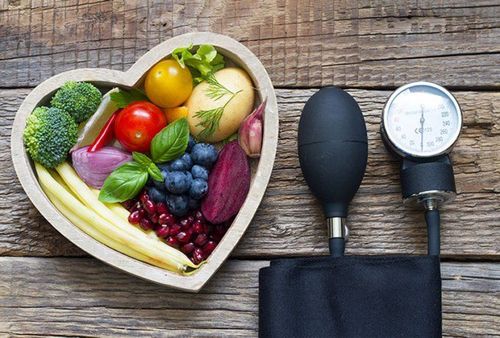
Use herbs and spices instead of salt to flavor foods. Limit the amount of salt used in cooking. Do not add salt to food at the table. Choose foods that are labeled 'no salt added'. Avoid processed foods as much as possible. Salt substitutes are available, which contain a reduced amount of sodium, the chemical that raises your blood pressure. However, these often contain large amounts of potassium, which may not be suitable for the elderly, people with diabetes, pregnant women, people with kidney disease, and those taking certain medications to lower blood pressure. , such as ACE inhibitors and angiotensin-II receptor blockers. If in doubt, check with your doctor.
2.5. Drinking alcohol in moderation Too much alcohol can be harmful and can lead to high blood pressure. You should not take more than the recommended amount. Currently, the maximum recommended amount for men and women is no more than 14 units of alcohol per week. Units should be evenly distributed throughout the week and should have at least two alcohol-free days per week. Pregnant women absolutely should not drink. One unit is about half a pint of regular beer, or two-thirds of a small glass of wine, or a unit of pub spirits.
Cutting down on alcohol helps improve health in a variety of ways. It can also have a direct effect on blood pressure. For example, if you are drinking heavily, cutting back to the recommended limit can reduce high systolic blood pressure.
2.6. Quit Smoking Every cigarette you smoke increases your blood pressure for many minutes after you finish smoking. Stopping smoking helps your blood pressure return to normal. Quitting smoking can reduce your risk of heart disease and improve your overall health. People who quit smoking can live longer than people who never quit.
2.7. Cut back on caffeine The role of caffeine in blood pressure is still debated. Caffeine can increase blood pressure by up to 10 mm Hg in people who rarely use it. But regular coffee drinkers may have little or no effect on their blood pressure.
Although the long-term effects of caffeine on blood pressure are not clear, it is possible that blood pressure may increase slightly.
To see if caffeine raises your blood pressure, check your blood pressure within 30 minutes of drinking a caffeinated beverage. If your blood pressure rises by 5 to 10 mmHg, you may be sensitive to the blood pressure-raising effects of caffeine. Talk to your doctor about the effects of caffeine on your blood pressure.

Take a moment to think about the causes of your stress, such as work, family, finances or illness. Once you know what's causing you stress, consider how you can eliminate or reduce it.
If you can't eliminate all stressors, you can at least deal with them in a healthier way. Try:
Change your expectations. For example, plan your day and focus on your priorities. Avoid trying to do too much and learn to say no. Understand that there are some things you cannot change or control, but you can focus on how you react to them. Focus on the problems you can control and make a plan to solve them. If you're having problems at work, try talking to your manager. If you are having a conflict with your children or spouse, take steps to resolve it. Avoid stressors. Try to avoid triggers when you can. For example, if rush hour traffic on your way to work is stressful, try going earlier in the morning or taking public transit. Avoid people who stress you out if possible. Take time each day to sit quietly and breathe deeply. Make time for fun activities or hobbies in your schedule, such as going for a walk, cooking, or volunteering. Practice gratitude. Expressing gratitude to others can help relieve your stress. 2.9. Get more active If you want to be more active, you don't need to go to the gym. You can increase your activity level while doing everyday things that you enjoy. Walking, gardening and dancing are just a few of the things that you can try. As with all other changes, it's important not to do too much too quickly. If you're not doing any activity now, start by walking for just a few minutes a day. Do it in a few weeks. If you stick with it, try making it longer. But if you find that you don't like walking, try another activity.
2.10. Monitor your blood pressure at home and see your doctor regularly Home monitoring can help you monitor your blood pressure, make sure your lifestyle changes are working, and alert you and your doctor about potential health complications. Blood pressure monitors are widely available and do not require a prescription. Talk to your doctor about home monitoring before you start.
Regular visits with your doctor are also key to keeping your blood pressure under control. If your blood pressure is well controlled, ask your doctor how often you need to have it checked. Your doctor may suggest checking it daily or less often. If you are making any changes to your medications or other treatments, your doctor may recommend that you have your blood pressure checked starting two weeks after the change in treatment and one week before your next appointment. .
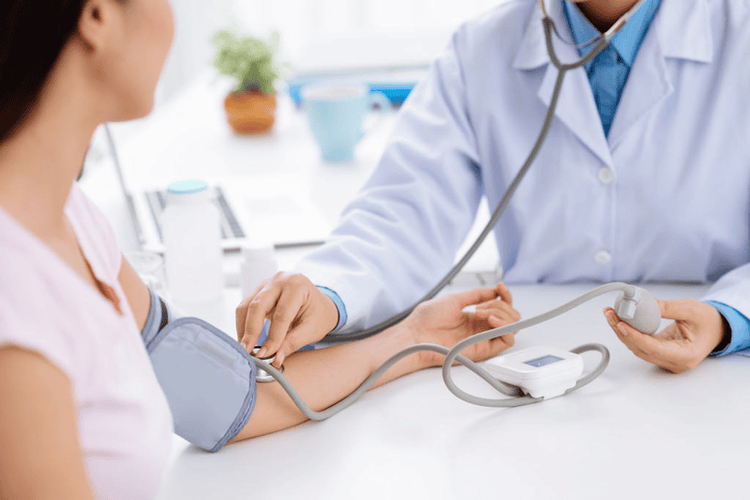
For example, let's say you want to improve your diet. If you're the type of person who regularly eats cheese and chips, you can't switch to salads from day to day. When people try to make such a change, they often fail. Then they feel frustrated and tend to give up. So instead of trying to change everything about your diet in 1 day, change 1 or 2 small things about your diet and give yourself time to get used to those changes. . For example, keep the cheese but give up the fries. Or eat the same but cut your part.
When you find things that you can change and stick with, keep adding new changes. In time, you will find that you can really change a lot. You just need to get used to the changes slowly.
2.12. Get enough sleep Your blood pressure drops when you get enough sleep and get a good night's sleep. Getting enough is an important way to keep your heart and blood vessels healthy. How much is enough? Most people need at least 7 hours of high-quality sleep each night. That means you'll fall asleep within 30 minutes, not wake up more than once, and quickly go back to sleep when you do.
Please dial HOTLINE for more information or register for an appointment HERE. Download MyVinmec app to make appointments faster and to manage your bookings easily.
Reference sources: webmd.com, mayoclinic.org, patient.info




